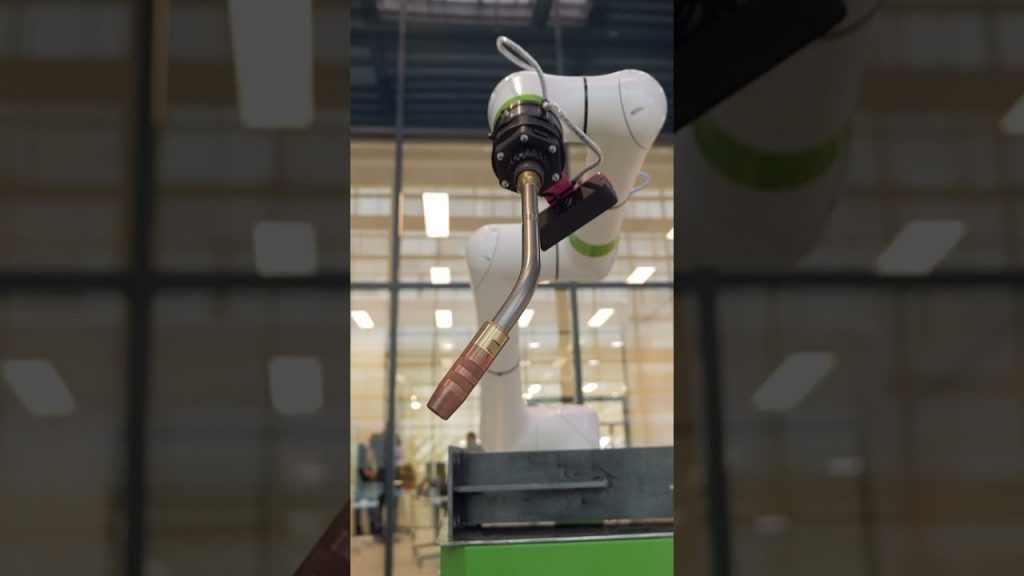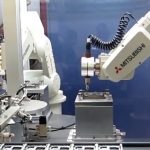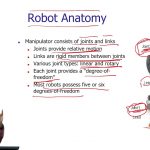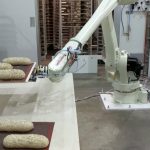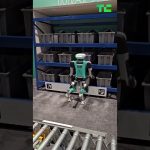In today’s fast-paced world, time is of the essence. We are constantly on the lookout for ways to optimize our productivity and get things done more efficiently. This holds true not only in our personal lives but also in the industrial sector, where time is money. When it comes to programming industrial robots, there is a belief that it can be done in just five minutes. But is that really the case? Let’s dive deeper into this topic and explore the fundamental differences between industrial robots and cobots when it comes to safety.
Industrial robots have been around for decades and have revolutionized the manufacturing industry. These robots are typically large, powerful machines designed to perform repetitive tasks with precision and speed. They are often used in industries such as automotive, electronics, and food processing, where efficiency and accuracy are paramount.
On the other hand, cobots, or collaborative robots, are a newer addition to the robotics industry. These robots are designed to work alongside humans, assisting them in tasks that require a human touch or decision-making. Unlike industrial robots, cobots are equipped with advanced safety features that allow them to work in close proximity to humans without posing a threat to their safety. This makes cobots an ideal choice for applications where human-robot collaboration is essential.
So, why does programming cobots take longer than programming industrial robots? The answer lies in their safety features. Cobots are equipped with sensors and software that enable them to detect the presence of humans and adjust their movements accordingly. This ensures that they do not collide with humans or cause any harm. However, this also means that programming a cobot requires additional steps to define its working envelope, set up safety zones, and establish communication protocols with human operators.
In contrast, programming industrial robots is relatively straightforward. These robots are typically operated in isolated areas or behind safety barriers, minimizing the risk of accidents or collisions with humans. As a result, the programming process for industrial robots is often simpler and quicker.
Despite the additional time required for programming cobots, their benefits outweigh the initial investment. Cobots can significantly enhance productivity by working alongside human operators, taking on repetitive or physically demanding tasks, and freeing up human workers to focus on more complex or creative activities. Additionally, cobots can improve safety in the workplace by reducing the risk of accidents and injuries.
In conclusion, while it may not be possible to program industrial robots in just five minutes, it is important to understand the fundamental differences between industrial robots and cobots when it comes to safety. Cobots offer unique advantages in terms of human-robot collaboration and workplace safety, albeit with a slightly longer programming process. As technology continues to evolve, it is likely that programming cobots will become more streamlined and efficient.
Check the coil packing solution with a leading manufacturer for a professional solution just here: [insert relevant link or call-to-action] Industrial Robot
“Unlocking the Challenges: Programming Cobots for ABAGY Robotic Welding and Industrial Robot Systems”
